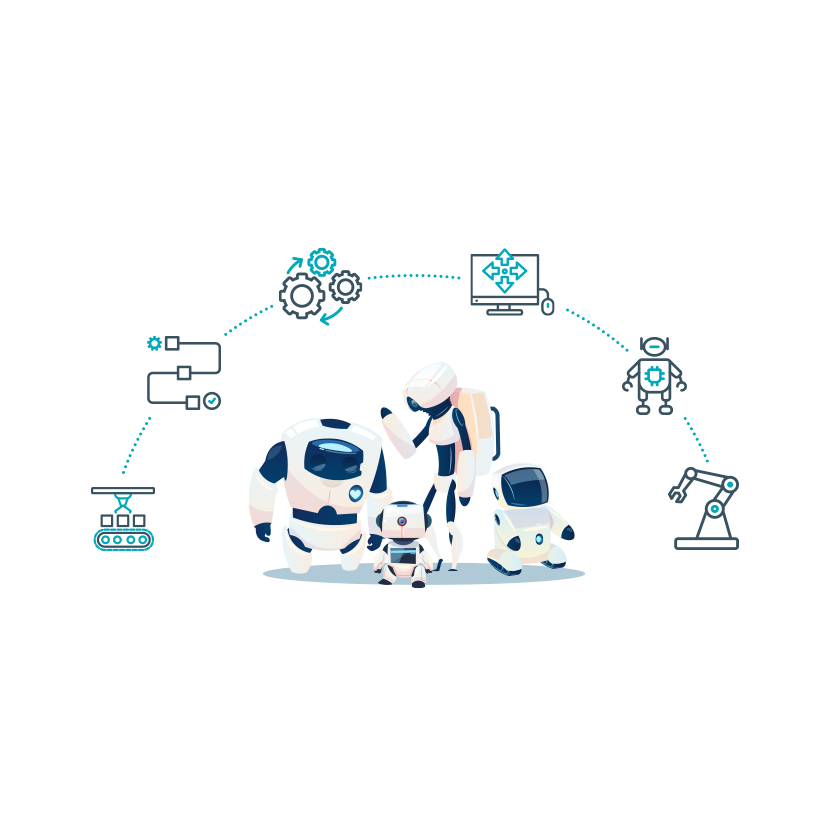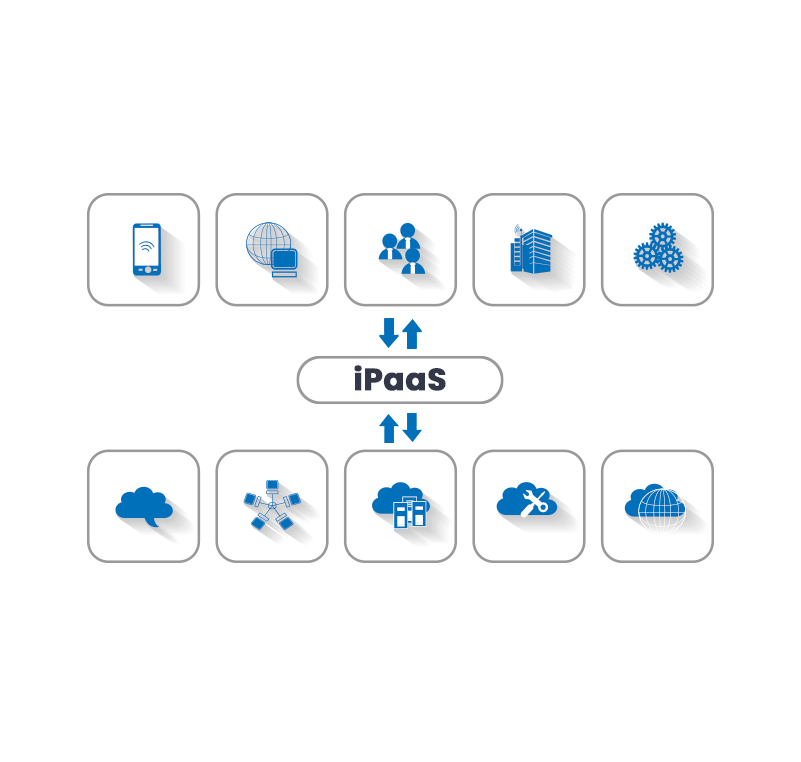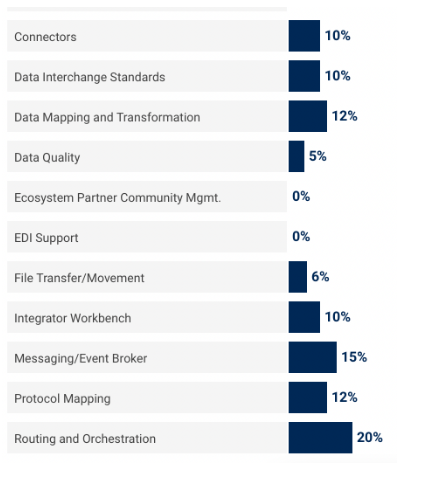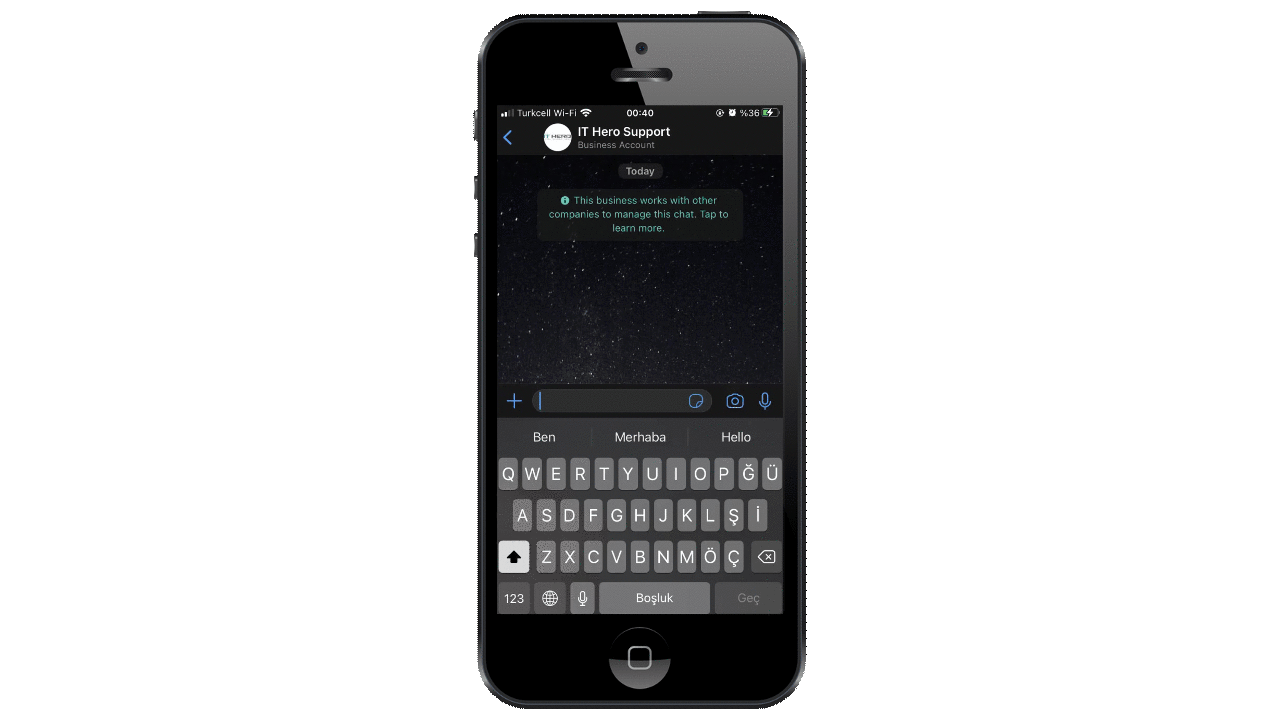Today, automation systems have started to take over many manual processes in almost every industry. These automation systems enhance product and service speed, success, and reliability. They use less human workforce while working faster. Therefore, a lot of different business sectors use and adapt automation systems in their work processes. However, the pace of development of technology is too fast; even the automation systems can’t compete with today’s community needs. As a result, developers try to automate the automation process. This idea is called hyperautomation, and it is very new but very popular in high-tech corporations.
What is Hyperautomation?
Hyperautomation is a framework and set of advanced technologies for scaling automation in the enterprise; hyperautomation aims to develop a process for automating enterprise automation. Hyperautomation mainly combines AI (Artificial Intelligence) and RPA (Robotic Process Automation) to develop a system that takes human inputs and automates the whole business process. It also uses additional very high technologies such as; Process mining tools, task mining tools, machine learning and Low/No Code.
In short, hyperautomation is the trained version of automation processes. A hyperautomation practice involves identifying what work to automate, choosing the appropriate automation tools, using proper agile methods, and RPA enriched by AI and machine learning.
Now, let’s look at how hyperautomation works and what are the benefits of it.
How does Hyperautomation Work?
In a time when automation has become mainstream for many industries, hyperautomation brings a new layer into the process with cutting-edge technologies like integration and AI. While robotic process automation handles simple, routine tasks, hyperautomation brings intelligence into the picture to create longer, more complex flows to be handled by the technology itself.
With AI and machine learning included in the process, hyperautomation lets you create automated flows that can take safe & secure initiatives like understanding documents, operating smart chatbots, and mining & analysing data—and the key here is the technology that leverages artificial intelligence and machine learning that works seamlessly between apps and systems.
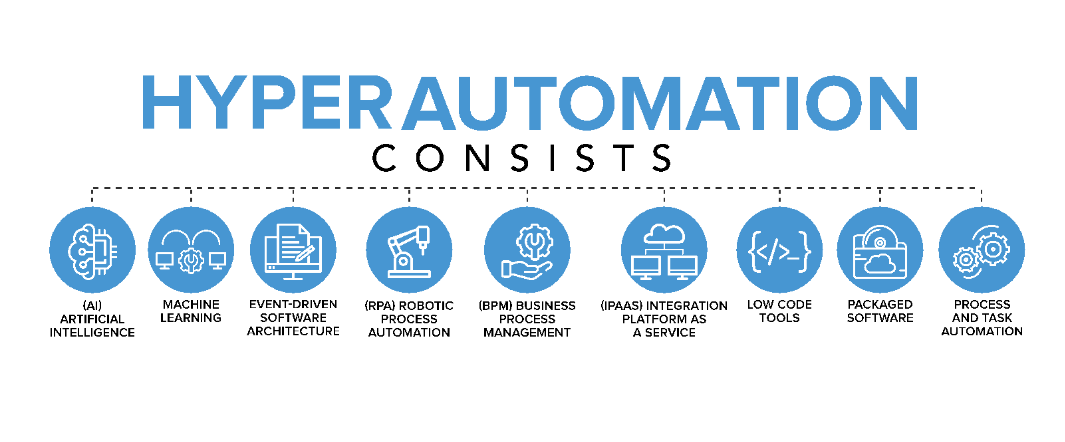
What are The Benefits of Hyperautomation?
Hyperautomation has numerous advantages, both for a company’s performance and employees’ well-being.
- Hyperautomation increases companies’ speed and efficiency since it integrates disruptive technologies, such as AI, ML, RPA and NLP.
- Hyperautomation increases employee satisfaction since it reduces the number of repeated tasks and the workload of development teams.
- Hyperautomation also reduces the number of risks and errors in projects because it uses the combination of AI and machine learning.
- Hyperautomation allows faster digital transformation for companies. With this advantage, companies can compete with their rivals more successfully.
- Hyperautomation also reduces the cost of operating organisations. According to Gartner, by 2024, combining hyperautomation technologies with redesigned operating processes will cut costs by 30%.
What are The Most Popular Hyperautomation Use Cases
Many industries and workflows take advantage of hyperautomation already, and due to its limitless potential, it’s likely that we’ll hear the term more often almost everywhere we look. Here are the most popular use cases of hyperautomation:
Banking & Insurance
Using hyperautomation in banking, financial services, and insurance empowers all banking processes. It significantly increases the efficiency of regulatory reporting, marketing, sales & distribution, bank servicing, payment operations, lending operations and back-office operations. Moreover, It prevents suspicious actions in banking and financial services since the hyperautomation system is supported by Al algorithms. The AI algorithms can efficiently monitor the transactions and proactively identify fraudulent activities.
Customer Service
Customer expectations and technological developments are increasing exponentially. The demand coming from society led to more complex solutions and needs. With hyperautomation, businesses can fully automate end-to-end processes and fulfil customers’ expectations.
Healthcare Services
The healthcare services empowered by hyperautomation can predict a lot more diseases than real doctors. Since hyperautomation has advanced analytics, the symptoms can be analysed more accurately, and correct treatment can be given faster, which can prevent deaths or fatal diseases.
Retail & eCommerce
Hyperautomation technologies can help automate several areas in the retail sector, such as order management, payments, transportation, warehousing & inventory, supplier management and stock controlling. With hyperautomation, companies can reach more customers and provide them with better services. Also, hyperautomation can help with pricing strategies in the retail sector.
Workplace Upskilling
Hyperautomation speeds up the process and decreases employees’ workload because hyperautomation aims to reduce repetitive processes in every workplace. This situation creates free time for employees during office hours. These free hours can be used to acquire new skills or enhance the accrued skill of employees. These new skills increase productivity and the success of the company as well.
Digital Agility
RPA, machine learning, and AI make automation services effortless. They can boost productivity, save time, and lower costs. These advantages make agile methods easier to use agile methods on your teams. Hyperautomation finds the correct strategy and decreases human error.
Better Than Automation: Meet Autom Mate’s Hyperautomation Technology
Autom Mate Design Studio is a hyperautomation platform which provides easy and flexible use with drag-and-drop, no-code / low-code and a web-based design environment. With years of experience in RPA and automation technologies, we managed to create a platform that levelled up automation as you know and made it super-easy and hyper-autommable!
Many businesses in IT, marketing, HR, sales, finance and procurement take advantage of the hyperautomation features of Autom Mate, which creates more use cases for newcomers to use & learn from. See how Autom Mate’s next-generation RPA makes a difference on our website.

